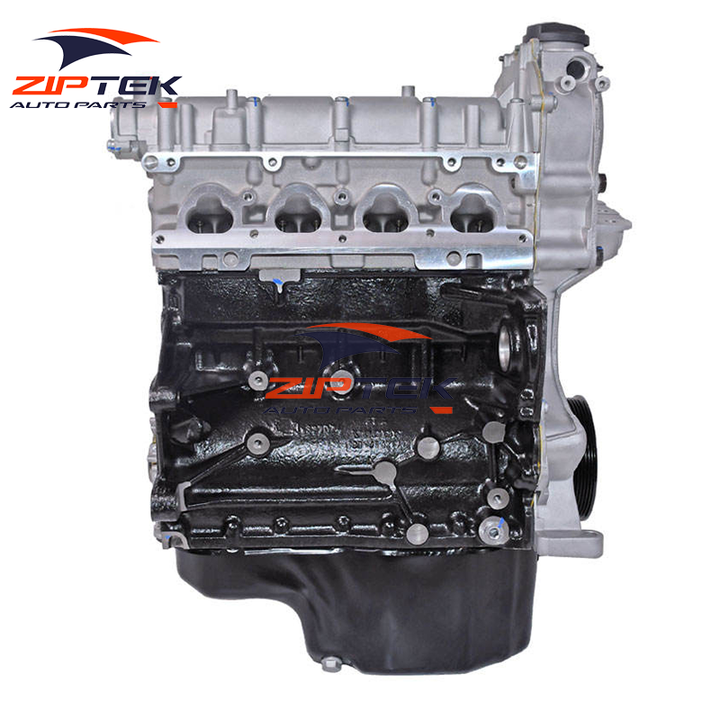Choose a durable clp engine for better efficiency.
Choose a durable clp engine for better efficiency.
Blog Article
Just How a Clp Engine Can Improve Effectiveness in Different Industries
The introduction of CLP engines marks a substantial change in operational performance across different sectors, driven by their capacity to optimize fuel intake and reduce downtime. Industries such as manufacturing and logistics stand to gain substantially from their robust design and constant power output, which promise to improve operations and boost performance. As companies significantly focus on sustainability alongside efficiency, the function of CLP engines ends up being a lot more crucial. What stays to be seen is how these developments will shape the future landscape of industrial procedures and their impact on wider financial patterns (clp engine).
Review of CLP Engines
CLP engines, or Continual Liquid Propellant engines, represent a significant advancement in propulsion modern technology, particularly for area applications. These engines make use of a continual feed system that enables the sustained expulsion of propellant, resulting in improved efficiency and performance compared to standard strong or hybrid propulsion systems. By preserving a consistent circulation of fluid propellant, CLP engines can accomplish much more specific thrust control, which is important for maneuvering spacecraft in various goal circumstances.
The layout of CLP engines integrates sophisticated materials and cutting-edge fuel monitoring systems. clp engine. This leads to minimized weight and boosted reliability, vital aspects for long-duration space goals. In addition, the constant procedure lessens the risk of burning instability, an usual difficulty in standard rocket engines.

Benefits in Manufacturing
The production of Continual Liquid Propellant (CLP) engines presents several significant advantages that boost both performance and cost-effectiveness. Among the main benefits is the structured manufacturing process, which reduces the complexity connected with traditional propulsion systems. By utilizing liquid propellant, manufacturers can achieve higher accuracy in engine efficiency, leading to enhanced energy output and decreased waste.
In addition, CLP engines promote a higher degree of modularity, allowing for less complicated combination into numerous production lines. This adaptability can significantly decrease preparations and boost total operational adaptability. Using CLP innovation additionally often tends to minimize the requirement for comprehensive maintenance as a result of less relocating parts, which converts right into reduced downtime and functional prices.

Applications in Logistics
Leveraging Constant Fluid Propellant (CLP) engines in logistics provides substantial benefits in functional efficiency and reliability. These engines provide a robust solution for different transport needs, making it possible for the smooth movement of items throughout vast distances. The inherent design of CLP engines permits for constant power result, which converts right into smoother and much more foreseeable transport timetables.
One of the crucial applications of CLP engines in logistics remains in heavy-duty freight transportation, where they can drive both ground and i loved this airborne cars. Their capacity to maintain high efficiency under differing tons conditions guarantees that shipment timelines are met, thereby boosting customer fulfillment. Furthermore, CLP engines can be integrated right into automated logistics systems, assisting in real-time monitoring and optimizing path preparation.
Additionally, the toughness of CLP engines minimizes upkeep downtime, allowing logistics companies to optimize their operational capacities. This is specifically helpful in warehousing procedures, where performance in taking care of and delivering goods is crucial. As logistics proceeds to evolve, the combination of CLP engines represents a forward-thinking method that not only improves efficiency however also supports the industry's growing needs for reliability and rate.
Effect On Power Effectiveness
How do Constant Fluid Propellant (CLP) engines improve energy efficiency in transport? CLP engines utilize a regular flow of fluid fuel, maximizing combustion procedures and preserving a steady thrust output. This design minimizes energy losses linked with traditional burning engines, where fuel delivery can vary and result in inefficiencies.
The continual operation of CLP engines allows for a more effective thermal cycle, leading to greater particular impulse contrasted to conventional engines. clp engine. This equates to minimized gas consumption for the exact same amount of work done, significantly lowering operational costs across different transportation fields, consisting of air travel and maritime sectors
Furthermore, the capacity of CLP engines to maintain optimum efficiency under differing tons problems lowers the need for frequent velocity and slowdown, even more boosting fuel effectiveness. Enhanced energy web link efficiency not just adds to set you back savings however additionally causes reduce greenhouse gas emissions, lining up with global sustainability goals.
Future Trends and Innovations
Arising improvements in Continual Fluid Propellant (CLP) engine technology guarantee to reinvent the landscape of transportation performance and sustainability. As sectors pivot toward greener options, CLP engines stand at the forefront, incorporating innovative materials and layout techniques that improve performance while decreasing ecological impact.
One of the most promising patterns is the adoption of hybrid systems that incorporate CLP engines with eco-friendly energy sources. This synergy can maximize gas consumption and reduce discharges, straightening with global sustainability objectives. Advancements in computational fluid characteristics (CFD) are assisting in the design of even more aerodynamically reliable engines, leading to lowered drag and enhanced fuel performance.
Additionally, the development of clever tracking systems is established to boost functional effectiveness. These systems take advantage of data analytics and IoT innovation to enhance engine performance in real-time, making certain that the engines run within their most effective specifications.
As research study continues to explore alternate propellant solutions-- such as biofuels and artificial gas-- the future of CLP engines looks encouraging. By harnessing these technologies, industries can not only enhance their effectiveness however also contribute considerably to a cleaner, more lasting future in transport.
Verdict
In final thought, CLP engines represent a significant innovation in efficiency across numerous markets. The integration of innovative products and less relocating parts minimizes maintenance demands, while alignment with sustainability objectives settings CLP engines as a pivotal modern technology for the future.
Report this page